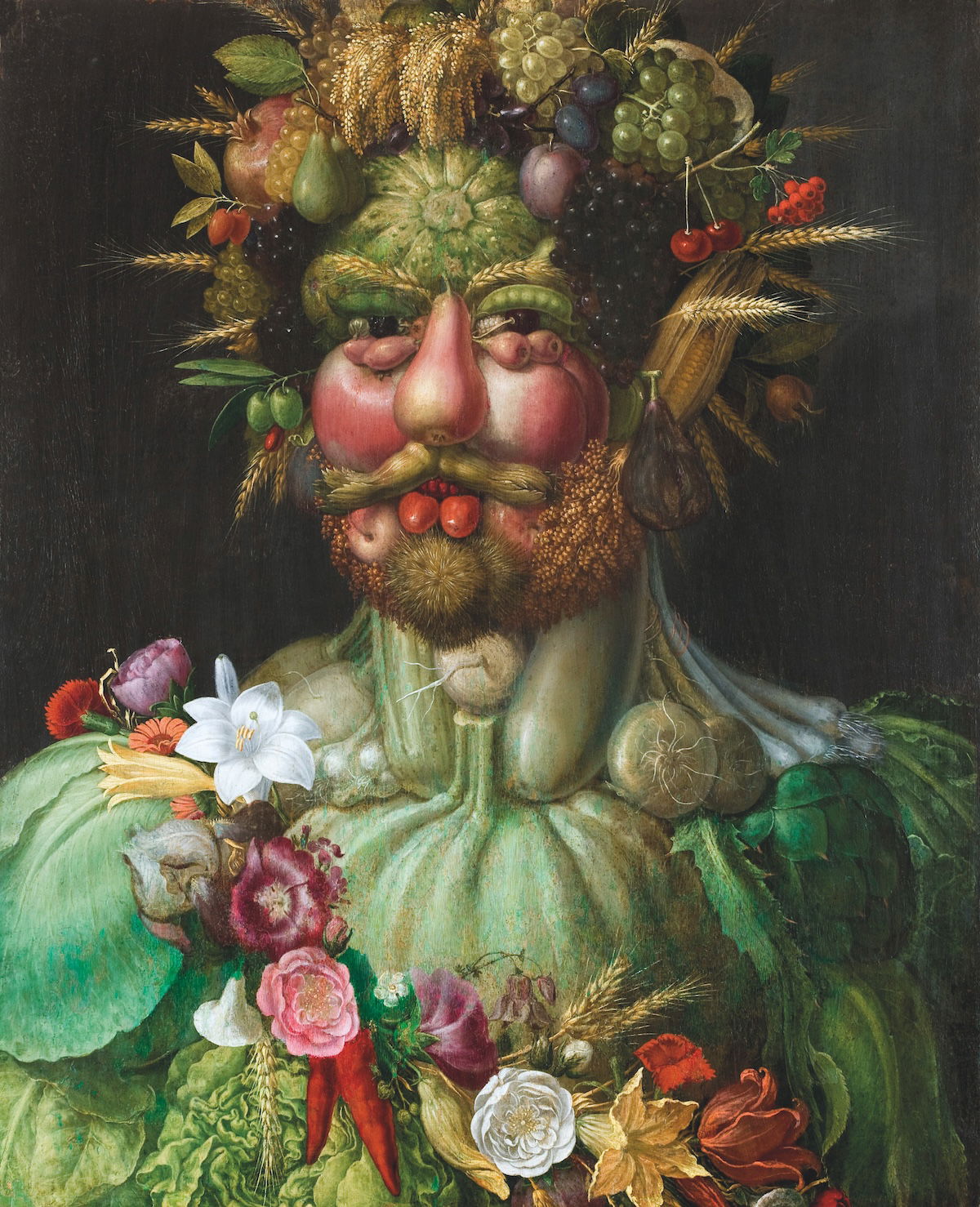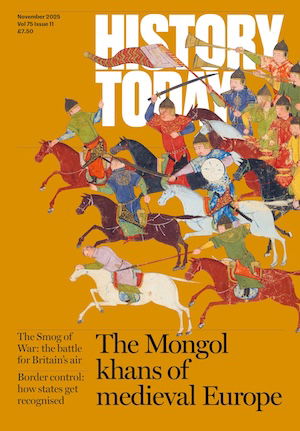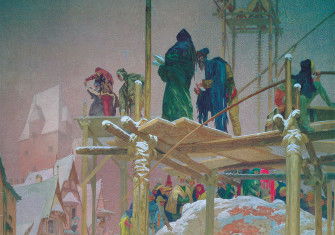Habsburg Prague, Capital of the Renaissance
Prague, under the Holy Roman Emperor Rudolf II, became the centre of the Renaissance world, where cultures mixed and learning flourished.

The Renaissance came later to Prague than to Venice, Flanders, or Rome. But it was no less transformative when it did. In the 16th century Prague became a place where empires converged and cultures were brought into contact. From 1526 the Habsburgs made Prague a place of retreat when the Ottoman Empire’s armies encroached on the Hungarian border. While they were in residence, Prague became the seat of an international dynasty and the Holy Roman Empire, turning it into Europe’s cultural and political centre.







